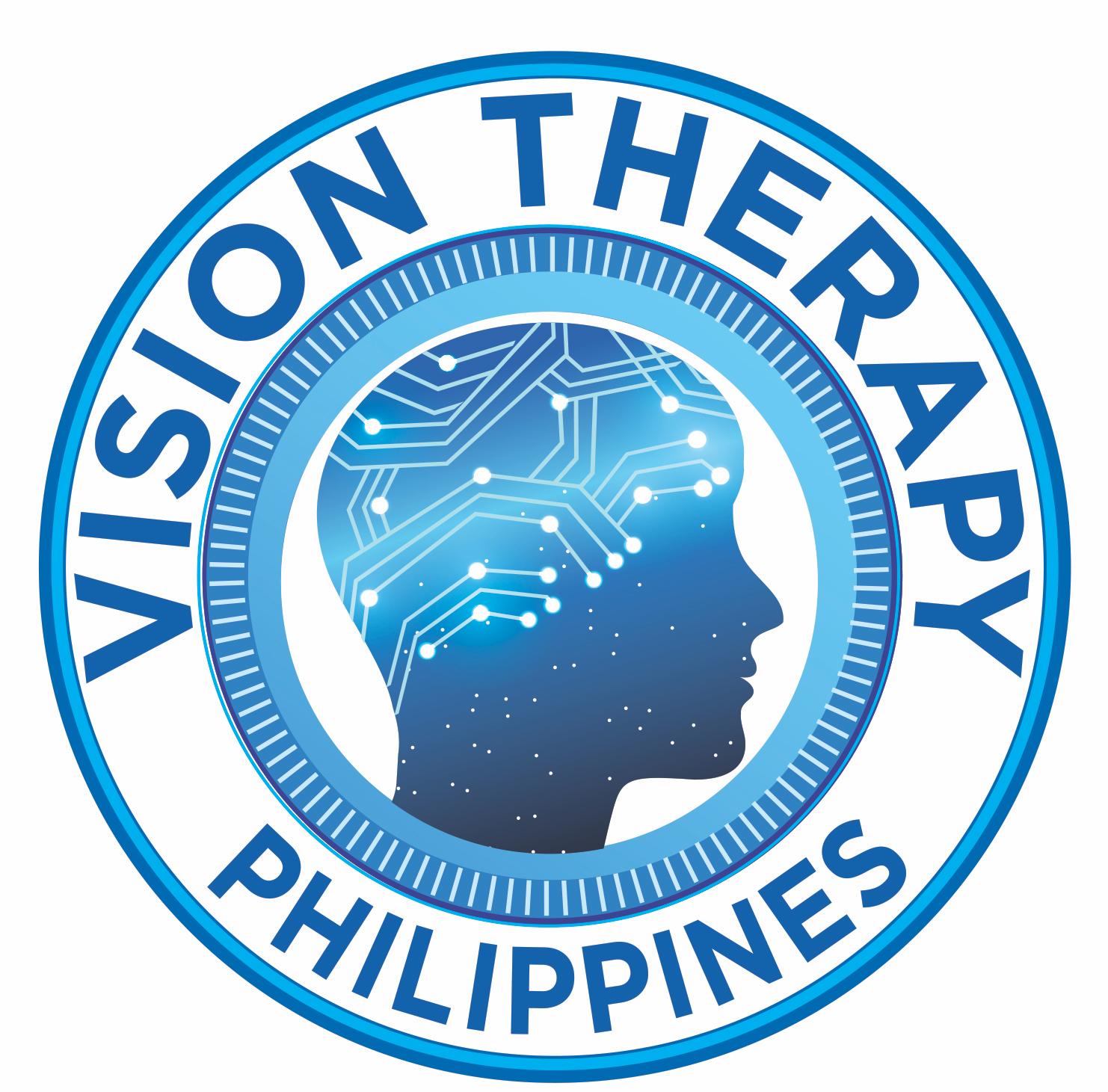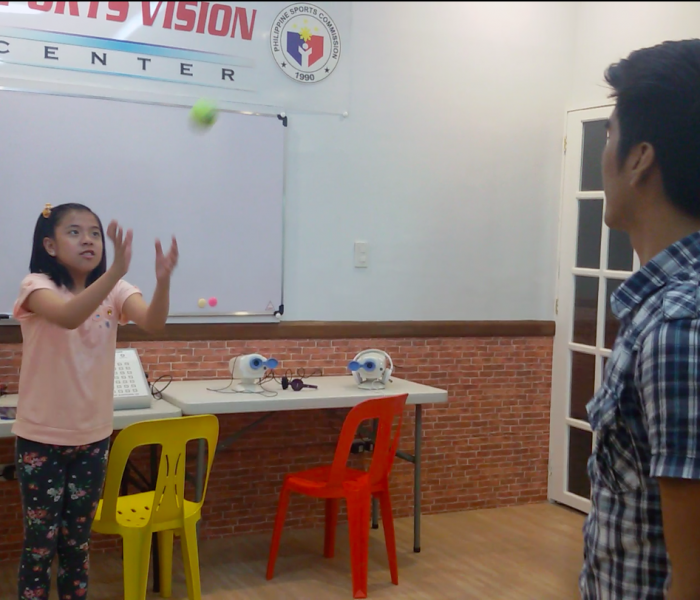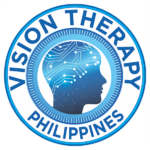Autism & Developmental Delays
Presentation of Vision Problems
Children on the autism spectrum typically bring a number of unusual visual behaviors or concerns to the eye doctor.
- Squints or closes an eye
- Stares at certain objects or patterns
- Looks through hands
- Flaps hands, flicks objects in front of eyes
- Looks at objects sideways or with quick glances
- Shows sensitivity to light (photophobia)
- Becomes confused at changes in flooring or on stairways
- Pushes or rubs eyes
- Has difficulty making eye contact
- Widens eyes or squints when asked to look
- Bumps into objects
- Is fascinated by lights and shadows
- Touches walls or tables while moving through space
Parents, teachers, and other professionals assume that most behaviors seen in autism spectrum disorders are simply a result of the disorder, not a by-product of vision problems. They are astonished to learn that poor eye contact, repetitive stimulatory behaviors, and practically every other behavioral symptom, could be caused by poor fixation, accommodation, or eye teaming abilities.
Our Autism & Developmental Delays treatment includes:
- Visual processing therapy
- Visual motor therapy
- Binocular vision therapy
- Visual-vestibular integration therapy
- Oculomotor therapy
- Accommodation “focusing” therapy
- Visual-spatial therapy
- Visual imagery therapy
- Eye-hand coordination therapy
Consultation/ Treatment
The optometrist will explain each aspect of the exam, discussing the child’s skills in focusing, eye teaming, visual motor and visual perceptual abilities. She will also discuss treatment options in terms of lenses and prisms, how they create changes in the light energy coming into the eye, and how they allow the brain to organize visual information in a different, hopefully easier, fashion. In the majority of the cases, in addition to lenses and prisms, vision therapy is appropriate. Vision therapy, like occupational or speech therapy, is a tool to teach the visual system how to work. Most children with autism spectrum disorders require one-on-one, in-office therapy plus a home program to reinforce the work done in the office. The frequency and duration of therapy must be determined on a case-by-case basis. The optometrist may also make a referral to adjunct professionals whose interventions are also indicated.
Frequently Asked Questions
Many of the behavioral characteristics of those falling within the autism spectrum involve the visual system. Poor eye contact, staring at lights or spinning objects, looking askance, side viewing and general difficulties attending are often symptoms of visual dysfunction. Thus, any individual with a diagnosis of autism, PDD, learning disability, speech-language delay, sensory integration dysfunction, Asperger syndrome, non-verbal learning disability or with psychological problems should most certainly undergo a thorough examination by a developmental optometrist.
The earlier families of children with autism undergo a visual examination and begin visual intervention, the faster the improvement and the longer lasting the gains and overall chances for success. The American Optometric Association (AOA) recommends that all children undergo visual exams by six months of age. If parents complied with this guideline, optometrists would certainly note many visual problems in these young, yet undiagnosed children. For those with autism spectrum diagnoses, an immediate developmental exam is essential. After age four, a child may make adaptations which further embed the visual problems. For example, an eye turn out becomes an eye turn in or a suppression becomes firmly established by a large angle head turn or tilt.
Children with autism spectrum disorders (ASD) have motor, sensory, language and social-emotional delays that affect visual processing. Likewise visual problems affect cognitive, speech-language, social-emotional and perceptual development. Specifically, delays in oculomotor function, focusing, and binocular abilities can affect gross and fine motor abilities and language acquisition. Sensory problems result when vision does not coordinate with the vestibular and proprioceptive systems properly, or if there is poor synchronization between the central and peripheral visual systems. Poor visual awareness and poor eye contact negatively affects socialization and poor visualization can hinder the development of skills for imaginative play.
What is important is that the time period from age 18 months to four years of age, when autism is usually diagnosed, is an extremely important window of development for vision, as well as language, socialization and other crucial areas.
During this very critical time frame, vision should begin to dominate the movement system, to coordinate the proprioceptive, vestibular and tactile systems. As vision combines with the other senses, central or focal vision should emerge. If there is faulty information processing in any of the primitive sensory systems, visual dysfunction is inevitable. These patients then still need to touch and move to experience their environment because their visual systems are so inefficient. Some of their stimulatory behaviors such as flapping and side looking, may actually serve the purpose of allowing them to interact with their world, and tell the brain where the body is in space.
The literature supports that a very high percentage of children with autism spectrum disorders demonstrate eye movement disorders and a high incidence of strabismus. Many children with autism also have many competing stressors on their bodies during the critical second year of life. Inadequate or inappropriate sensory stimulation and health problems, ranging from food allergies to ear infections and asthma can all wreck havoc with vision development. Whether the health or the vision issues come first, visual concerns are real, and parents and professionals must pay attention to them. Even when health issues subside, and behavior, attention, and even eye contact improve, underlying visual delays often remain, and optometric intervention is necessary. Those with autism spectrum disorders simply have gaps in sensory, motor and visual areas so enormous that they cannot be closed without therapy.
Source: Randy Schulman, MS, OD, FCOVD


